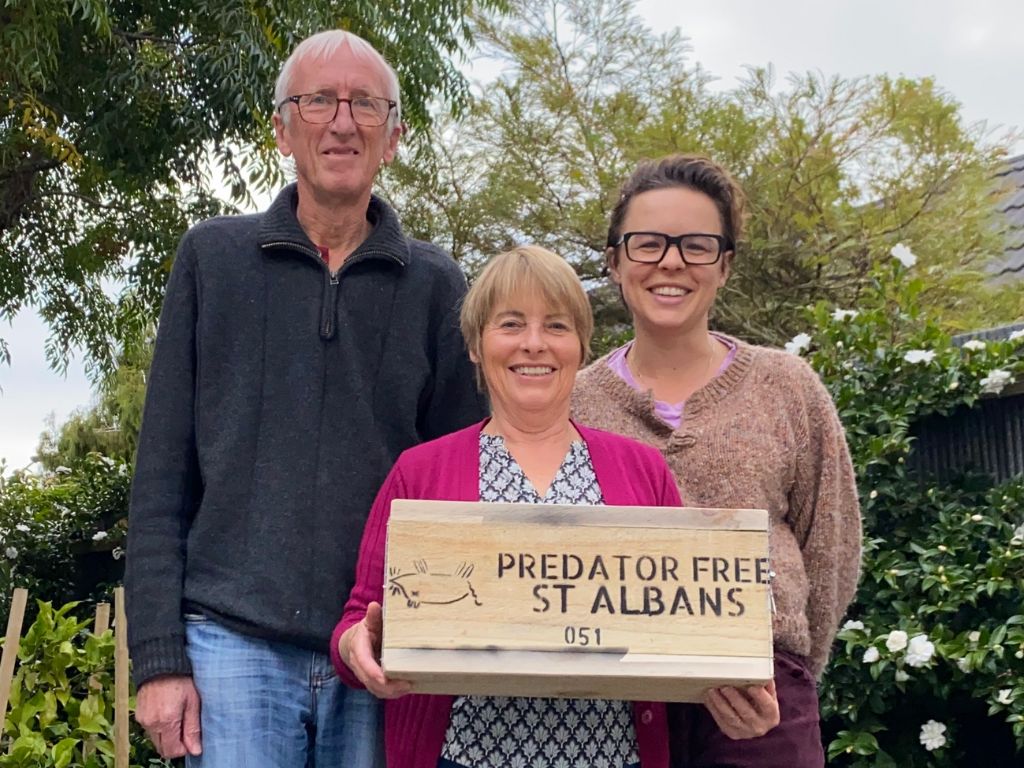As part of our Predator Free Communities Programme, we have funded another 17 groups to amp up their efforts in looking after our wildlife. From Northland to Canterbury, these groups are removing introduced predators, bringing their communities closer together and giving our native species a chance.
Groups funded by region
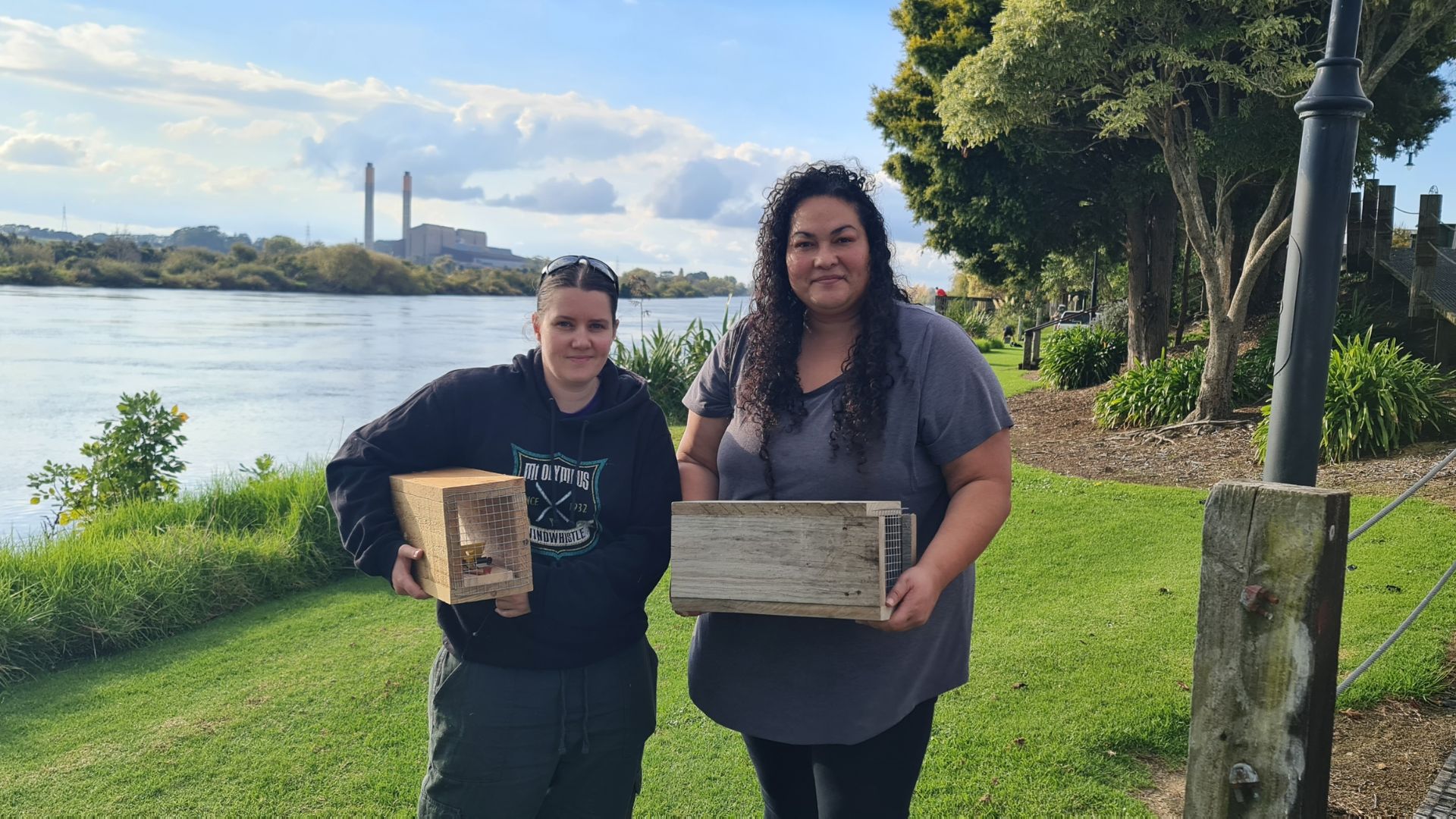
Northland
Ngaiotonga Community
This Northland community aspires to improve birdlife and protect its ducks and chickens by removing stoats and rats. The village sits next to the Russell State Forest, a forest collapsing due to introduced pests and kauri disease. A project is underway in the forest to remove introduced pests, including sika deer. A trapping network in the nearby village would complement this conservation work. Anchored by the local marae, residents have already united to help organise, guide and hold workshops for effective backyard trapping.
Auckland
Huia Trapping Group
A group of long-time trappers in Huia, Waitakere Ranges, are “improving the world for birds, one predator at a time.” The organisers put their scientific expertise to work, analysing trapping data and using trail cameras to assess and refine trapping strategies.
After six years of dedicated trapping and monitoring, they are keen to plug the holes in their project map and get more of the 300 households of Huia involved.
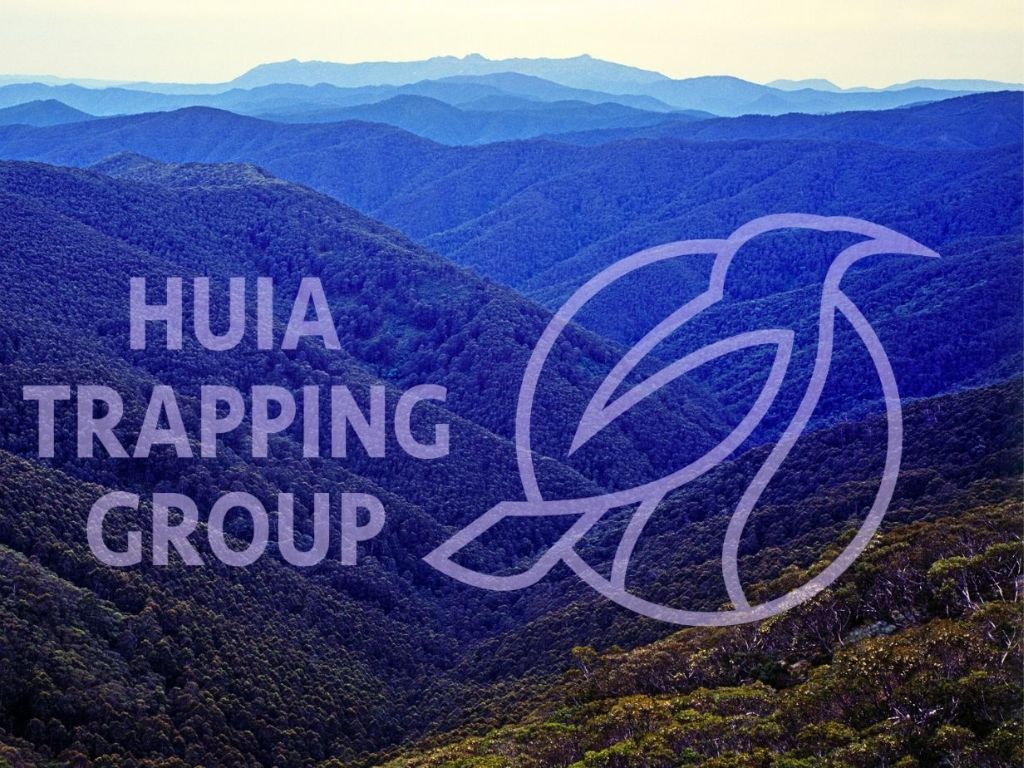
Algies Bay Resident and Ratepayers Association
Many of the communities surrounding this Mahurangi Peninsula suburb are already stuck into backyard trapping. Not to be outdone, the Algies Bay Resident and Ratepayers Association members have started mice and rat trapping. With decent results, the group wants to escalate their efforts to remove local vermin and needs additional equipment.
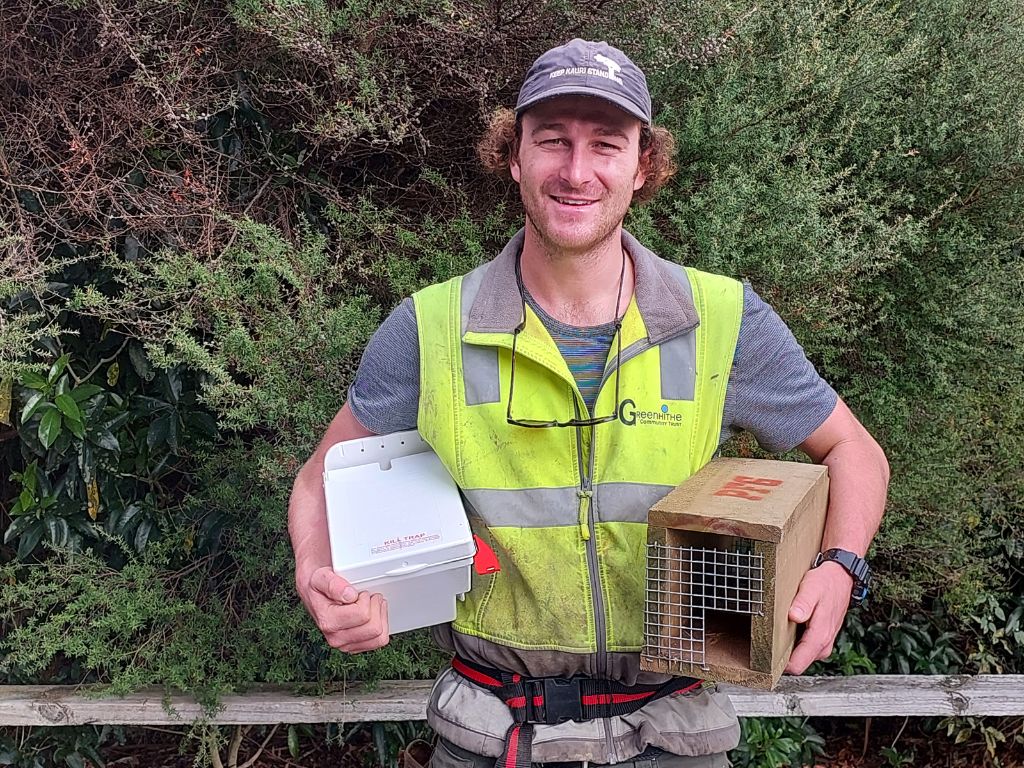
Upper Waitematā Ecology Network (UWEN)
Championing the protection of key species, pekapeka (bat), matuku-hūrepo (Australasian bittern), and the moho pererū (banded rail), this network is zeroing in on private properties which surround a number of reserves in Upper Harbour, Auckland.
These are considered Significant Ecological Reserves, and surrounding neighbourhoods lack essential predator control support. With funding from the Trust, UWEN is poised to make an impact.
South Titirangi Neighbourhood Network (STNN)
Funding this group is what’s called a “no brainer”. South Titirangi is an urban peninsula in West Auckland, with bushy, steep ridges and sea cliffs and home to high-value species such as ōi (grey-faced petrels). They want to protect the petrels but also increase safe habitat for kākā and kokakō. After eight years, they established a smooth model and began rolling it out street by street. One key element is a “mini-hub model” where a keen resident coordinates the residents of three or four surrounding properties, checking and recording catches. Funding will help the good work of STNN continue.
Restore the Landing
At the end of the Lucas Creek catchment in Auckland lies a crucial habitat for the critically endangered moho pererū (banded rail), native and in decline. Present efforts within the reserve are focused on trapping rats, possums and mustelids. To bolster this work, Restore the Landing wants to supply traps to private properties that back onto the reserve. With recent sightings of rats scurrying around the neighbourhood, homeowners are already keen to get involved in trapping.
Bay of Plenty
Otawhiwhi Community (Waihī Beach)
Predator Free Waihī has been collaborating with local hapū, Te Whānua a Tauwhao, to increase trapping efforts at Otawhiwhi Marae and surrounding houses. Otawhiwhi Community was born to get marae households and surrounding properties on board.
Expanding the trapping network across the community will help protect tūturiwhatu (northern dotterel) and kororā (little penguin) eggs and chicks, which are eaten by hedgehogs, stoats and rats.
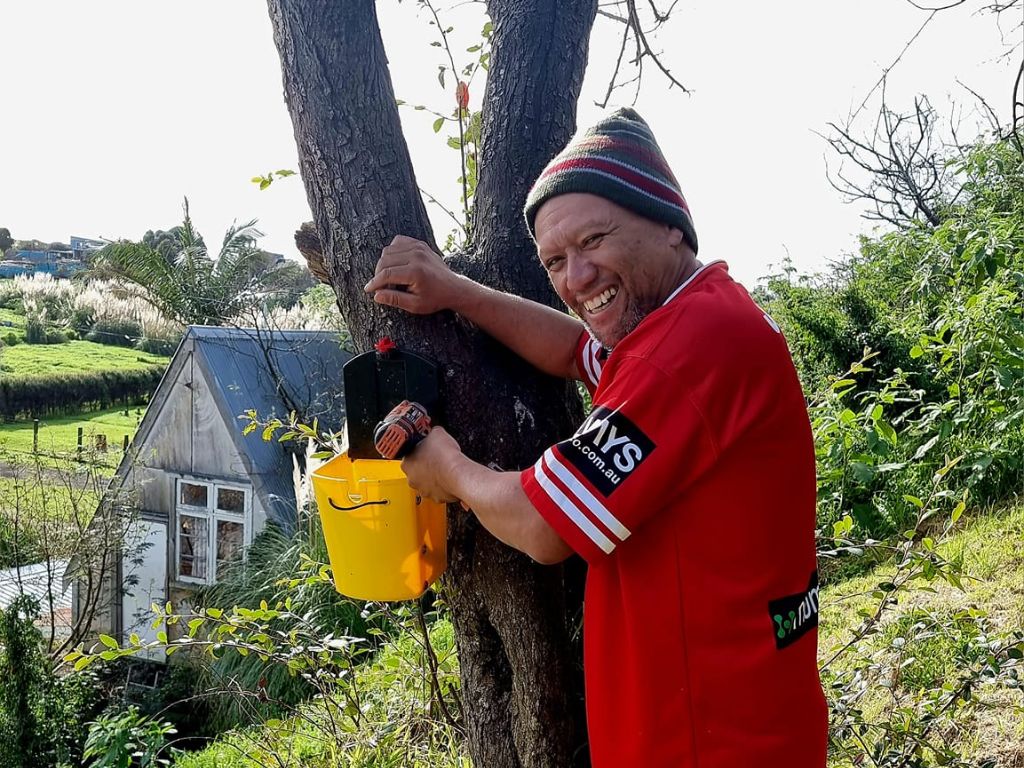
Waikato
Motutere Point Trust
Rats and possums have taken over the land at Motutere Point, on the shore of Lake Taupō, which is sacred to the Ngāti Te Rangiita hapū. Whānau of the area want to restore the mana of the land and rid the area of unwanted predators by trapping in backyards and at the local marae. This new group has plans to take on the predator free kaupapa with a te ao Māori lens and using and sharing mātauranga.
Huntly Pest Free
Residents of Huntly are on the hunt – for rats. Huntly Pest Free was founded to tackle the rapidly growing rat and possum problem by overwhelmed locals who had enough of only seeing pest species in their town. Funding from the Trust will set off this highly ambitious plan to roll out a rat trap in every fifth backyard and a possum trap in every 10th backyard over the next five years.
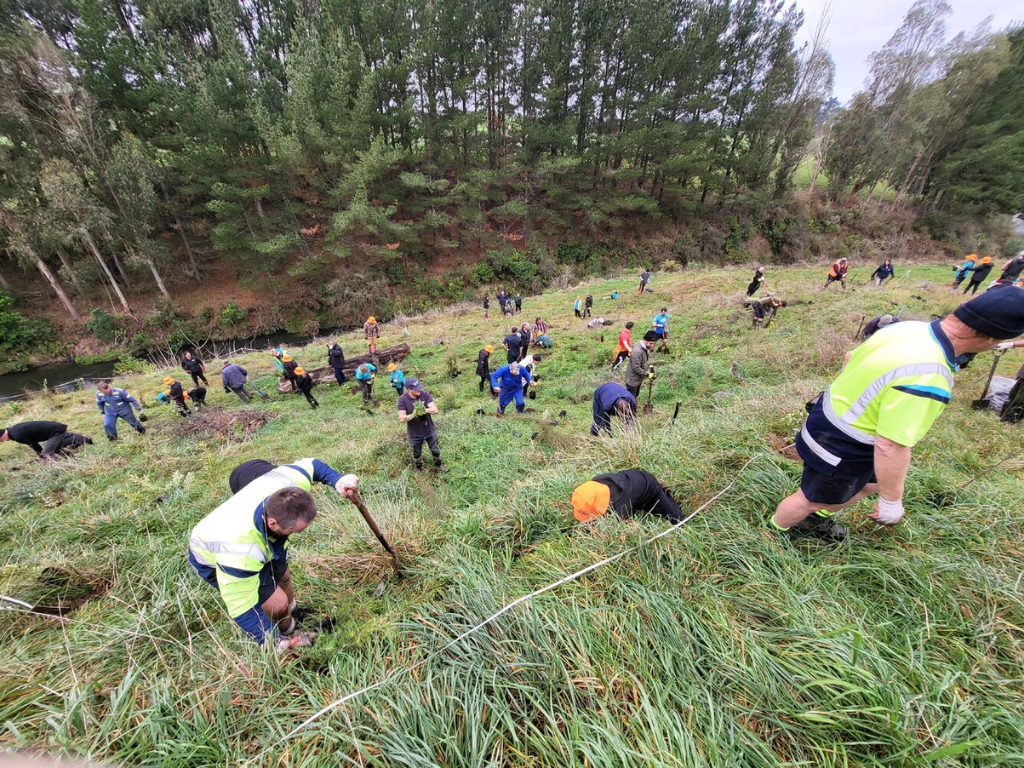
Pokaiwhenua Catchment Group
This group has been riparian planting and fencing to protect Pokaiwhenua Stream, a tributary of the Waikato River, but realise their efforts need to be backed up by predator control if they want to truly create a habitat to enhance biodiversity.
Now they have their eyes set on getting at least 50 homeowners involved in their inaugural trapping initiative, targeting those in Tokoroa whose properties border the riparian margins on the edge of the town.
Manawatū-Whanganui
Predator Free Whanganui
By empowering residents to take proactive steps in their own backyards, Predator Free Whanganui isn’t just tackling predators but is also cultivating a sense of community ownership and responsibility for nature. With plans for a trap library and targeted efforts in eager suburbs, more funding will serve as a catalyst for more enthusiasm and participation.
Wellington/Wairarapa
Predator Free Carterton
Not every community group has a conservation icon to help launch their initiative, but in the Wairarapa, they were privileged to have former Green Party MP Eugenie Sage speak at an inaugural event. The predator free ethos is a uniting force in this rural region, with all the main towns committing to the cause. Predator Free Carterton wants to empower its neighbourhoods to believe that they can aspire to zero rat, possum and mustelid numbers and that their backyard efforts can make a difference.
Friends of Te Horo Beach
What do friends do? They enrich your life and improve your well-being. That’s just what this community group plans to do for Te Horo Beach, on the Kapiti Coast. The little seaside village is in a strategically important position: across from wildlife sanctuary Kapiti Island and Ngā Manu nature reserve is just down the road.
With funding for traps, Friends of Te Horo Beach can focus on supplying the community with rat traps and tunnels. They ultimately want to see a cohesive collective of projects building strong communities and enabling thriving native fauna along the coast.
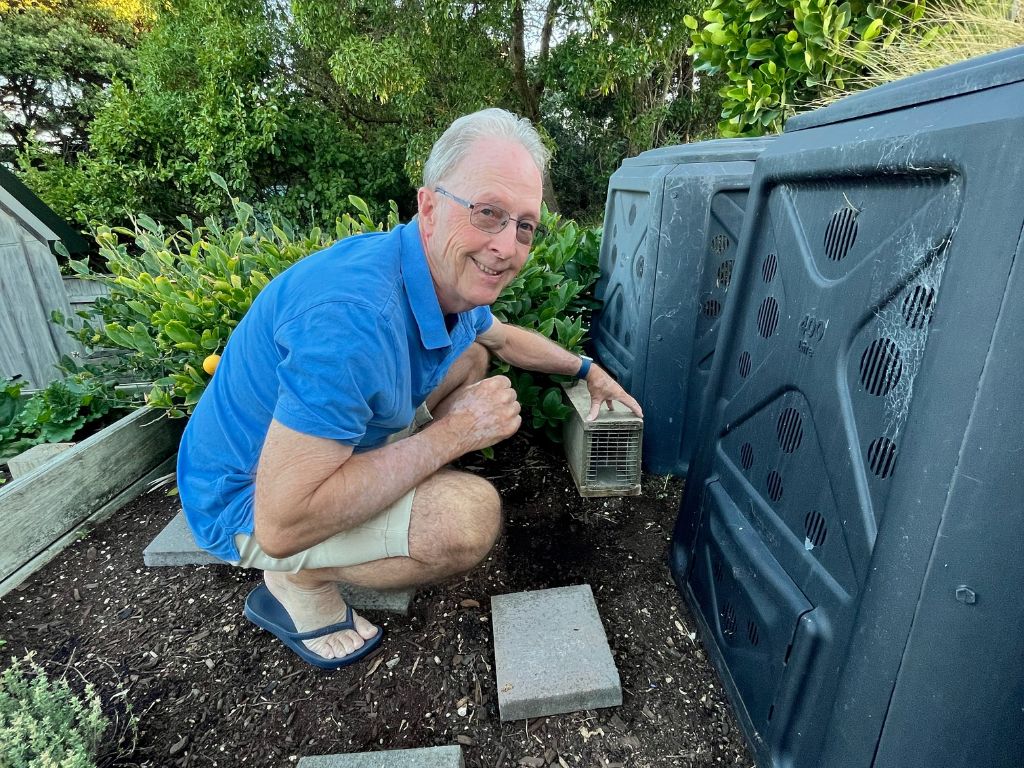
Predator Free Raumati
Trapping newcomers are on the scene on the Kapiti Coast. With a focus on active pest management and record-keeping, they’re not just going to plonk traps out – they want to educate and support their neighbours. From building and selling traps to providing hands-on assistance, Predator Free Raumati just needed a funding boost to get started.
West Coast
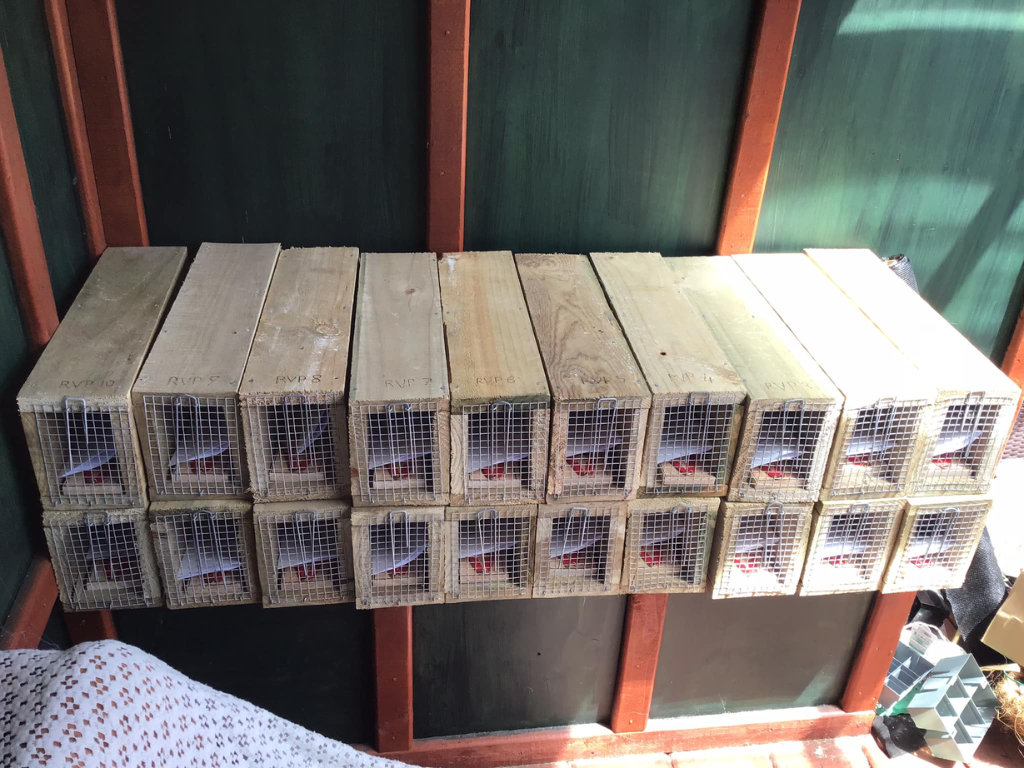
Runanga Village People
Tucked at the base of the southern Paparoa Range on the West Coast, a dedicated community group is on a mission. Surrounded by native bush and mountains, the Runanga Village People recently branched out into predator control to bring back birdlife and enhance sanitation, and use it as a tool for connection.
The group can reach out to isolated residents by embracing trapping as a social endeavour. The group already has a waitlist for its rat traps in a town of only 900 people, so funding is vital for expanding efforts village-wide.
Canterbury
Methven Birdsong
This little town in Canterbury has gone quiet. Too quiet. Methven Lions Club has a plan to create a native forest reserve on a vacant council-owned plot of land, aiming to revive birdsong. With a focus on habitat restoration and predator control, funding from the Trust will help buy traps for the whole town to get involved in removing rats, possums, and hedgehogs. Already 50 eager locals have attended their trapping workshop – the ball is well and truly rolling.
Predator Free St Albans
There’s a “rat highway” in this Christchurch suburb and the locals aren’t having a bar of it anymore. After setting up a year ago, this community group is ready to expand and get more traps into backyards that border the parks and waterways in the area, particularly St. Albans stream, the aforementioned rat highway. Well-attended trapping sign-up sessions show the residents are ready for action.
